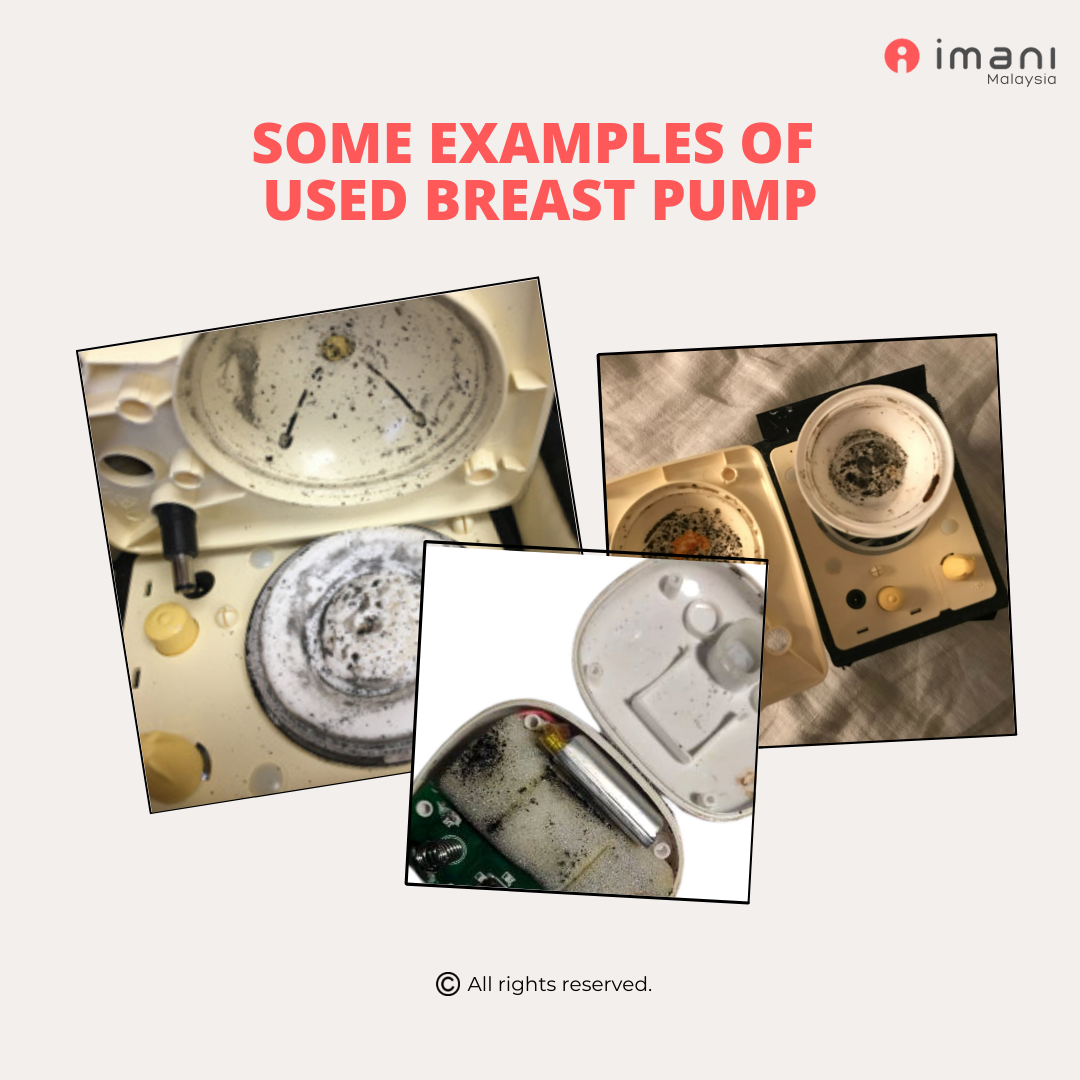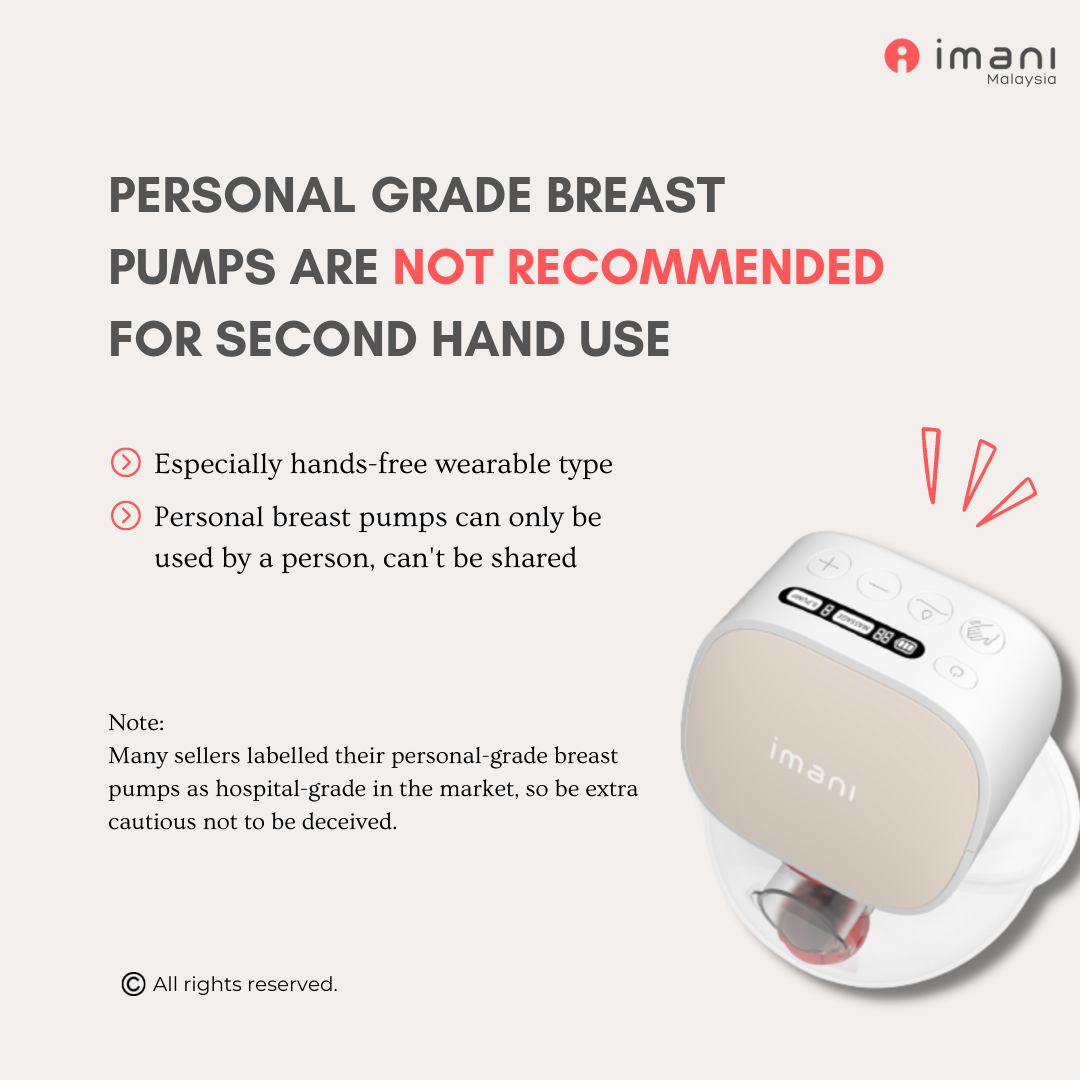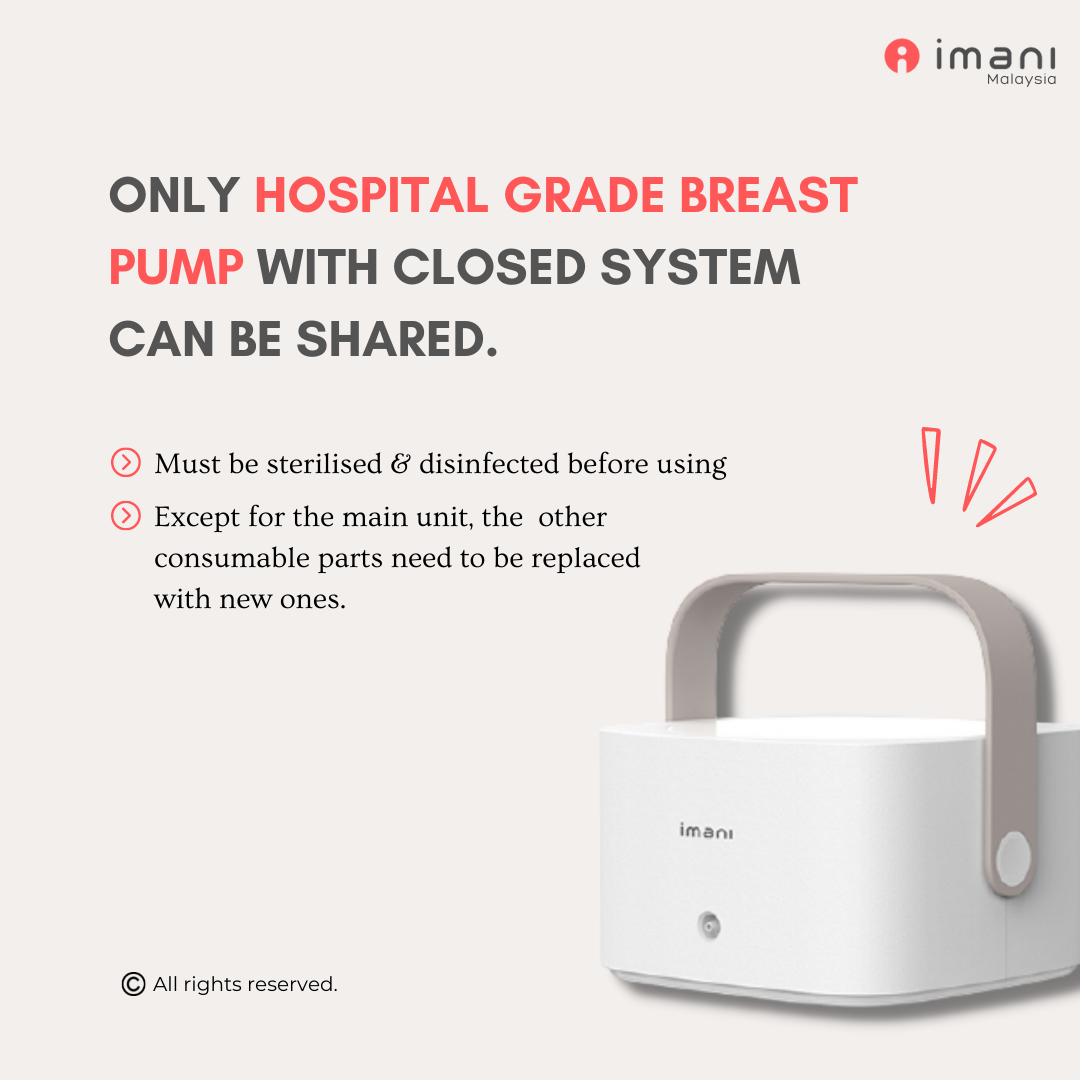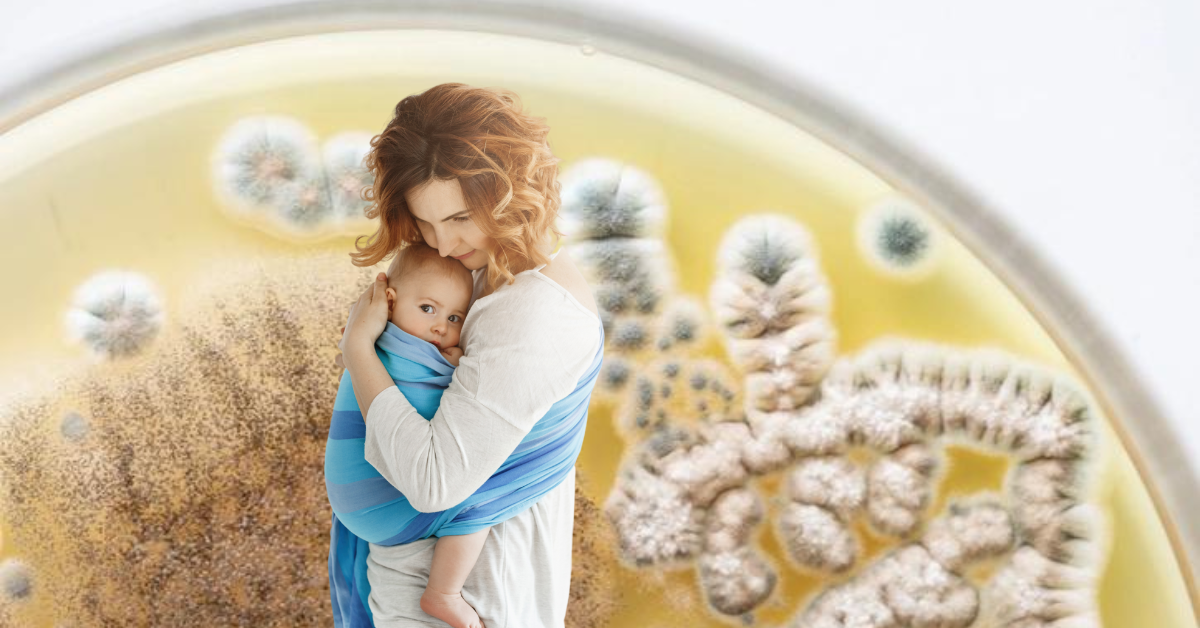By Dr. Blue, Founder of J&J Baby | Educational Psychologist | Lactation Counselor | Former Chemist
Electric breast pumps have become a must-have for breastfeeding moms, especially working mothers who prefer hands-free models for convenience and efficiency. However, some hesitate to invest in a new pump, leading to a growing market for second-hand breast pumps. But is buying a used breast pump safe? The risks may surprise you.
The Hidden Dangers of Second-Hand Breast Pumps
1. Risk of Cross-Contamination
Breast pumps can harbor bacteria and viruses that spread through breast milk, putting both mother and baby at risk. Wearable hands-free breast pumps, despite having a backflow barrier, can still trap moisture, creating a breeding ground for mold and bacteria.
Contaminants that could be transmitted through an improperly cleaned pump include:
HIV/AIDS
Hepatitis B
Cytomegalovirus (CMV)
Bacteria & fungi
Some sellers even mislead mothers into using incorrect pumping postures, increasing the risk of milk entering the pump motor and causing contamination.
2. Reduced Efficiency – Worn-Out Motors & Parts
Most personal-grade breast pumps have a lifespan of 8 months to 1 year. The suction and motor wear out gradually, reducing milk output over time. Many moms blame poor performance on the pump itself, unaware that second-hand pumps are often already past their peak.
3. Increased Risk of Breast and Nipple Injury
Every mother has unique needs when it comes to suction strength and cycle speed. A second-hand pump, already weakened or misused, can cause discomfort, pain, or even damage to breast tissue.
4. No Warranty or Manufacturer Support
Personal-use breast pumps are designed for a single user, and their warranty is non-transferable. If something goes wrong with a second-hand pump, there’s no manufacturer support for repairs or replacements.
What Breast Pumps Should Never Be Bought Used?
All personal-grade breast pumps should only be used by one person, especially wearable models. Think of it like your underwear or toothbrush—would you be comfortable using someone else’s? Even pumps with tubes can develop mold. A pump worn directly on the breast? Even riskier.
What Breast Pumps Can Be Safely Shared?
Hospital-grade closed-system pumps can be shared, but only if:
All consumable parts (tubing, valves, flanges, bottles) are replaced
The main unit is properly disinfected using hospital-grade sterilization
⚠ Warning: Some sellers falsely label personal-grade pumps as “hospital-grade” to trick buyers. Always verify before purchasing.
5 Questions to Ask Before Buying a Used Breast Pump
Would you wear someone else’s underwear or use their toothbrush?
Do you know the seller’s full medical history?
How was the pump maintained and used?
Are you sure the pump is free of mold or bacteria?
Are you prepared for unexpected costs (repairs, new pump, medical bills)?
If these questions raise doubts, it’s best to avoid second-hand pumps altogether.
“But Why Should I Buy an Expensive Breast Pump?”
A high-quality breast pump is an investment in your health and breastfeeding journey.
Protects your breasts from damage
Mimics baby’s natural sucking rhythm for better milk expression
Ensures efficiency and comfort without pain
Built with safe, durable materials and safety certifications
💡 Cheap pumps cut corners on material quality, safety, and performance. You truly get what you pay for.
What to Do When You No Longer Need Your Breast Pump?
Instead of selling or giving it away, recycle it! Some manufacturers or retailers offer recycling programs to properly dispose of old breast pumps.
Final Thought: Be a Responsible Mom—Say NO to Second-Hand Breast Pumps
Breastfeeding is one of the most intimate connections between a mother and her baby. A breast pump is not just a machine—it’s a tool that supports this journey.
To protect both yourself and your baby, always choose a new breast pump that fits your needs. Avoid the risks of used pumps, and never sell or give yours away!
📸 (Below: Shocking images of used breast pumps with mold and bacteria inside.)
⚠ Disclaimer: The images provided are for educational purposes to highlight the risks of second-hand breast pumps. Brand and product names are irrelevant—hygiene and safety should always come first!





